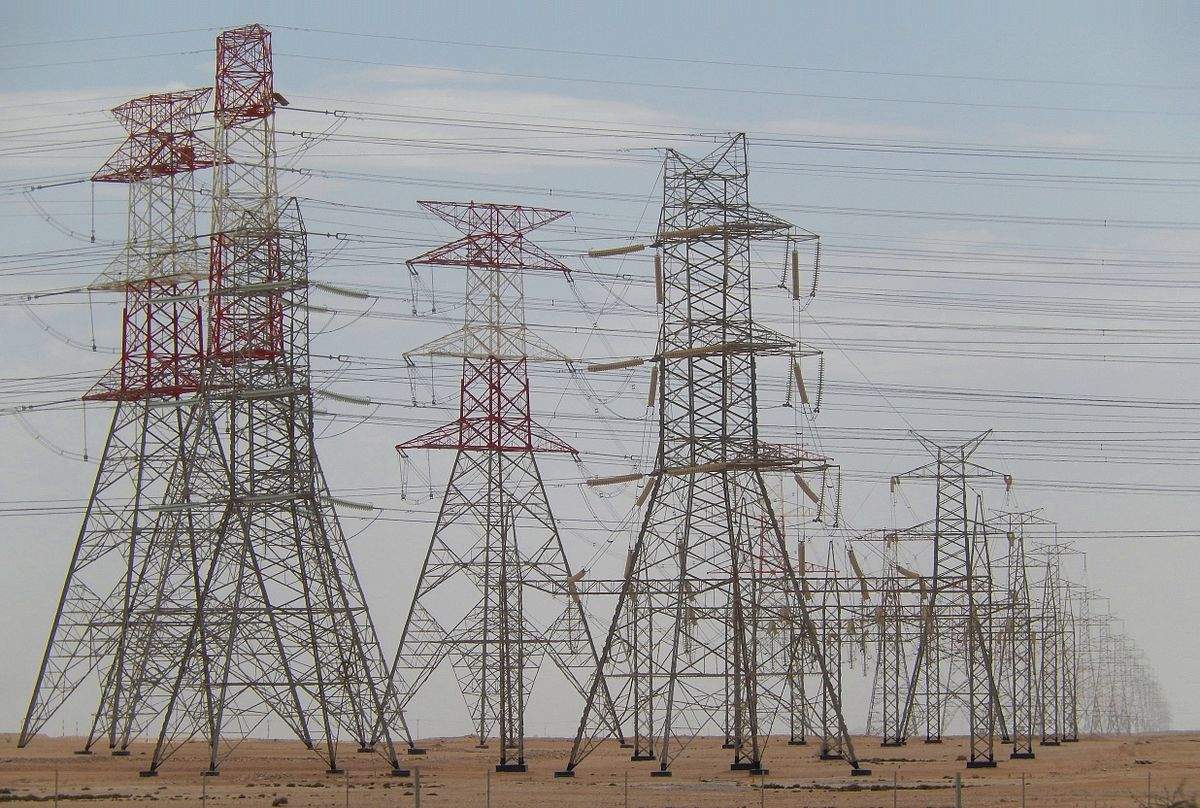
The US Government on Monday announced an investment of up to $1.3bn to build three huge transmission lines across six states.
The projects aim to bring online 3.5GW of additional grid capacity throughout the country, the US Department of Energy (DoE) said in a press statement, as the Biden administration moves to expand renewables output.
The move comes after a recent report from the International Energy Agency found that to achieve all national climate and energy targets, countries will need to add or replace 80 million kilometres of power lines worldwide by 2040, a figure equal to the entire existing global grid.
With the announcement comes the department’s final National Transmission Needs Study, which seeks to provide insight into where both the country’s grids and communities would most benefit from increased electrical transmission.
Echoing the study’s findings, US Secretary of Energy Jennifer M Granholm said: “To realise the full benefit of the nation’s goal of 100% clean electricity by 2035, we need to more than double our [regional] grid capacity and President Biden’s Investing in America agenda puts us in position to do just that.
“This… effort to strengthen the nation’s transmission will drive down costs for American families and deliver thousands of good paying jobs for American workers – helping communities keep the lights on in the face of climate change-induced extreme weather events.”
The study also finds that there is a “pressing need” for additional electrical transmission in the US, with the country needing to increase its existing interregional transmission capacity more than fivefold so that available electricity can be moved more easily to where it is most needed.
Specifically, regions with historically high levels of within-region congestion, such as the north-west, Mountain, Texas and New York, as well as regions with unscheduled flows that pose reliability risks, such as California, Northwest, Mountain and the south-west, all need additional, strategically placed transmission deployment to reduce ongoing congestion.
Worries over grid reliability have plagued some states for years. In Texas, the state of electricity networks remains precarious after a deadly winter storm triggered a serious power crisis in early 2021.
This summer, the state saw several consecutive days of record power demand, causing the Electrical Reliability Council of Texas (ERCOT), the main grid operator for Texas’ power supply, to deploy its emergency systems. More recently, ERCOT requested an additional 3GW of electrical supply ahead of winter as concerns over grid stability persist.
Projects awarded funding lay across the states of Arizona, Nevada, New Hampshire, New Mexico, Utah and Vermont. Hundreds of miles of transmissions lines are proposed between Nevada, Utah, Arizona and New Mexico, with a 1.2GW high-voltage direct current bidirectional power line currently proposed between New Hampshire and Vermont. Construction on all projects is expected to start by 2026.
The DoE is expected to release a second round of funding in the first half of 2024 through a request for proposals that may include a combination of public-private partnerships, loans and capacity contracts, totalling up to $1bn.



